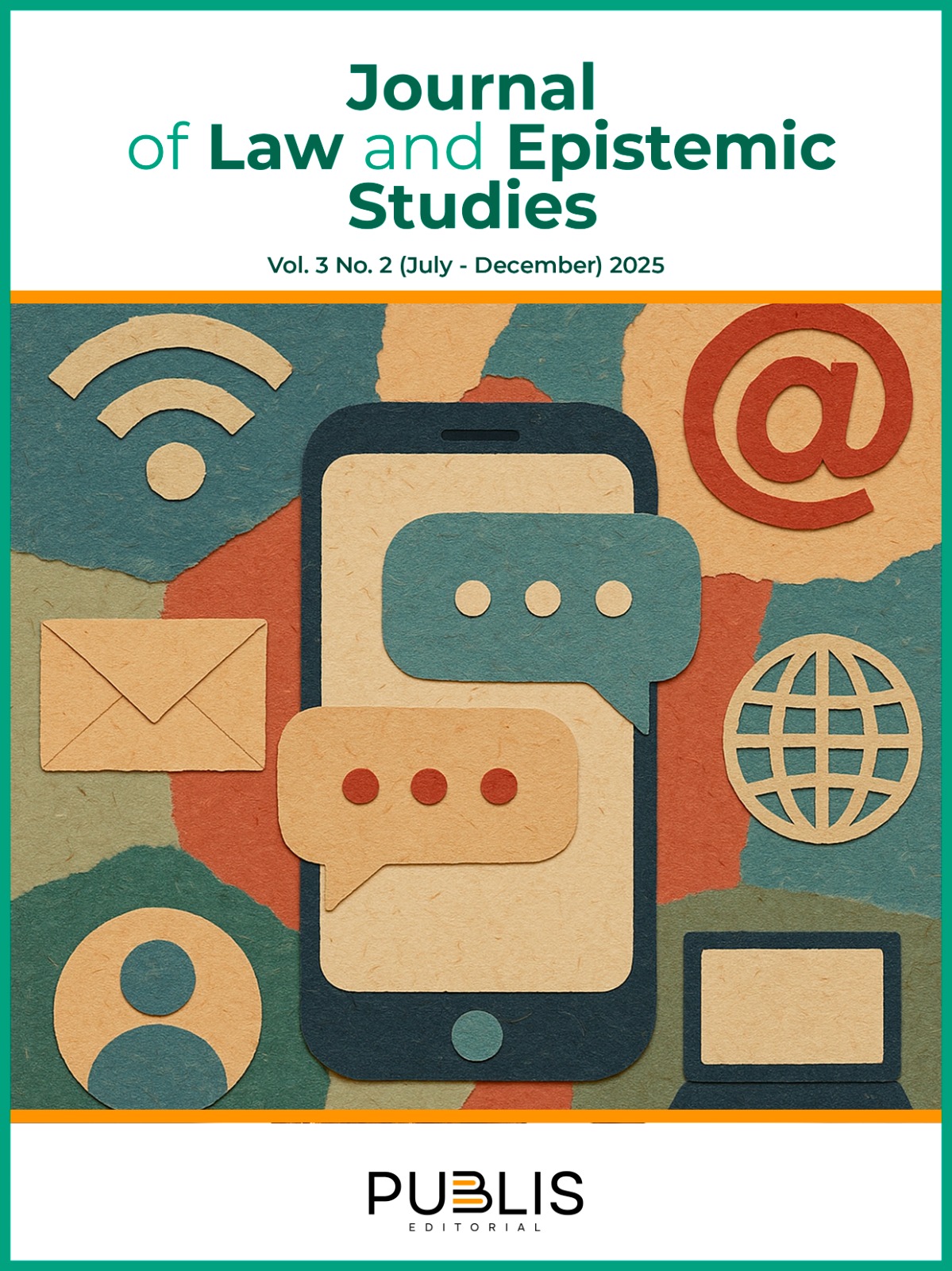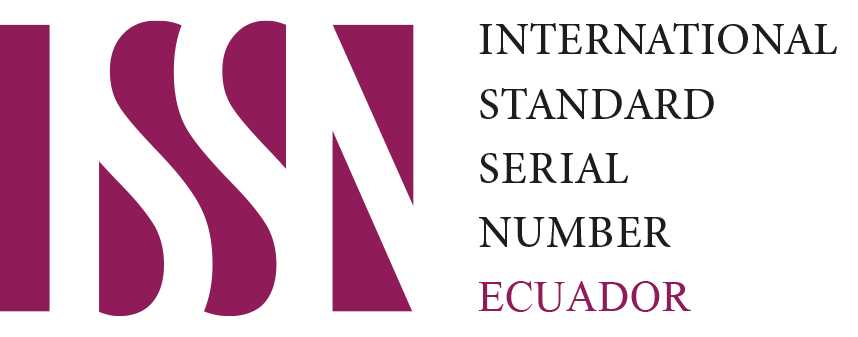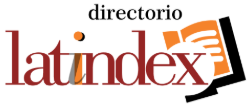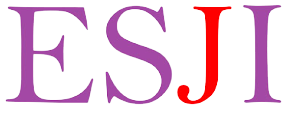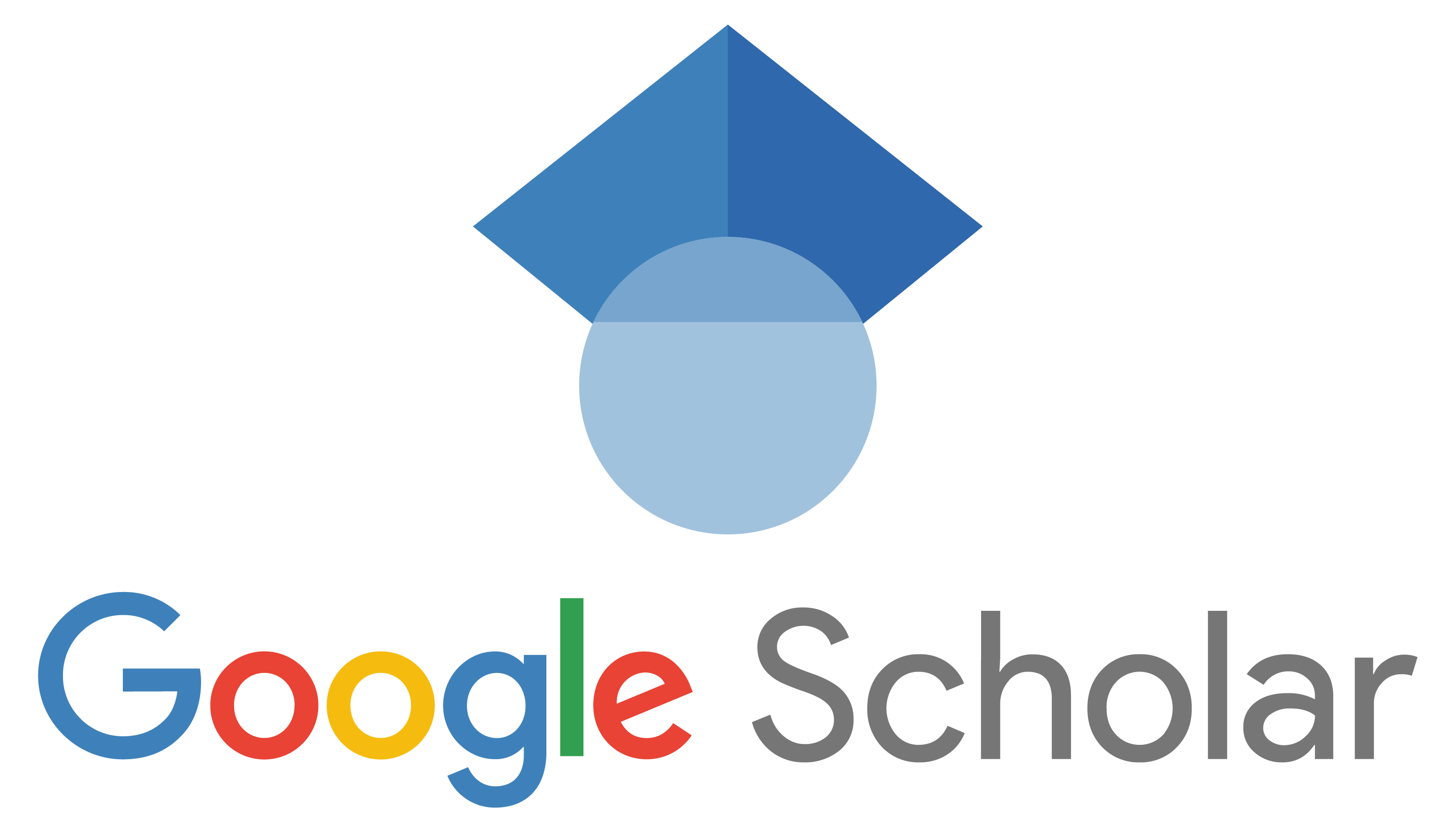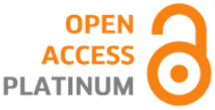Rethinking science from the university social studies and the transformation of doctoral education
DOI:
https://doi.org/10.5281/zenodo.15959837Keywords:
organizational communication, public health, internal communication, structural barriers, institutional cultureAbstract
Internal communication in public health institutions is a key operational axis and an essential space for the production and circulation of organizational knowledge. This study, from a critical organizational perspective, diagnosed the internal communication dynamics within a Cuban healthcare institution, identifying strengths, weaknesses, and opportunities for structural improvement. Using a qualitative, non-experimental, and descriptive design, participant observation, semi-structured interviews, and document analysis were conducted, with thematic coding performed using Atlas.ti. A hierarchical structure was observed, characterized by limited feedback, strong reliance on informal channels, and a lack of strategic planning in communication management. These conditions hinder transparency, demotivate staff, and limit the institution’s responsiveness. However, spontaneous collaborative practices and a willingness for interpersonal dialogue were also noted, representing valuable resources for bottom-up institutional trans formation. It is necessary to professionalize internal communication, institutionalize protocols, and democratize information flows. Communication should be addressed as a transversal component of public management, constitutive of both power and organizational knowledge. The study provides conceptual and practical tools for rethinking the relationship between communication, institutional authority, and organizational epistemologies in the field of public health.
Downloads
References
Angrosino, M. (2012). Recontextualizing observation: Ethnography, pedagogy, and the prospects for a progressive political agenda. In N. K. Denzin & Y. S. Lincoln (Eds.), The SAGE handbook of qualitative research (pp. 531–550). SAGE.
Bland, C., Taylor, A. L., & Walsh, J. (2022). Faculty development for educational innovation. Journal of Higher Education Policy, 45(2), 201–219. https://doi.org/10.1080/1360080X.2022.2020556
Cutcliffe, S. H. (1990). Ideas, machines, and values: An introduction to science, technology, and society studies. Rowman & Littlefield.
Rowman & Littlefield. Harding, S. (2020). Sciences from below: Feminisms, post colonialities, and modernities. Duke University Press. https://www.dukeupress.edu/sciences-from-below
Harding, S. (2020). Whose science? Whose knowledge? Thinking from women’s lives. Cornell University Press. https://www.cornellpress.cornell.edu/book/9780801497469/whose-science-whose-knowledge
Jara, O. (2018). La sistematización en las experiencias formativas. ALBOAN. https://www.alboan.org/es/publicacion/11868/la-sistematizacion-en-las-experiencias-formativas
Jara, O. (2018). Para sistematizar experiencias. ALFORJA. https://www.alforja.or.cr/sistematizacion/OscarJara_ParaSistematizarExperiencias.pdf
Jasanoff, S. (2004). States of knowledge: The co-production of science and social order. Routledge. https://www.routledge.com/States-of-Knowledge-The-CoProduction-of-Science-and-Social-Order/Jasanoff/p/book/9780415403290
Kreimer, P. (2011). Producción de conocimiento y universidad en América Latina: Una perspectiva CTS. CLACSO. https://www.clacso.org.ar/libros/produccion/kreimer.pdf
Latour, B., & Woolgar, S. (2020). La vida en el laboratorio: La construcción de los hechos científicos. Editorial Gedisa.
Leach, M., Stirling, A., & Scoones, I. (2021). Post-pandemic transformations: How and why COVID-19 requires us to rethink development. World Development, 138, 105233. https://doi.org/10.1016/j.worlddev.2020.105233
Martín, M. (2022). La sistematización como práctica investigativa en educación superior. Revista de Educación y Humanidades, 9(2), 56–74. https://doi.org/10.5377/rehup.v9i2.15052
Medina, J. (2018). Epistemic justice: A Rawlsian perspective. Routledge. Ministerio de Educación Superior de Cuba. (2022). Linea mientos para el desarrollo de los programas de posgrado. MES. https://www.mes.gob.cu/es/documentos
Nowotny, H. (2022). In AI we trust: Power, illusion and control of predictive algorithms. Polity Press.
Núñez Jover, J. (2006). La ciencia y la tecnología como procesos sociales. Editorial Félix.
Varela. Sismondo, S. (2010). An introduction to science and technology studies (2nd ed.).Wiley-Blackwell. https://www.wiley.com/enus/An+Introduction+to+Science+and+Technology+Studies%2C+2nd+Edition-p-9781405187657
Snow, C. P. (1959). The two cultures and the scientific revolution. Cambridge University Press. https://doi.org/10.1017/CBO9780511819940
Stilgoe, J., Owen, R., & Macnaghten, P. (2023). Responsible innovation: From concept to practice. Oxford University Press. https://global.oup.com/academic/product/responsible-innovation-9780192894569
Stilgoe, J., Owen, R., & Macnaghten, P. (2023). Responsible research and innovation: From science in society to science for society, with society. Science and Public Policy. https://doi.org/10.1093/scipol/sct079
UNESCO. (2023). Reimagining our futures together: A new social contract for education. https://unesdoc.unesco.org/ark:/48223/pf0000379707
Vessuri, H. (2015). Ciencia, tecnología y sociedad: El de safío de una mirada desde América Latina. Ediciones UNESCO. https://unesdoc.unesco.org/ark:/48223/pf0000233199
Published
Data Availability Statement
The datasets used and/or analyzed during the current study are available from the corresponding author on reasonable request.
Issue
Section
License
Copyright (c) 2025 María de los Ángeles Castillo, Diana N. Concepción (Author)

This work is licensed under a Creative Commons Attribution-NonCommercial-ShareAlike 4.0 International License.

